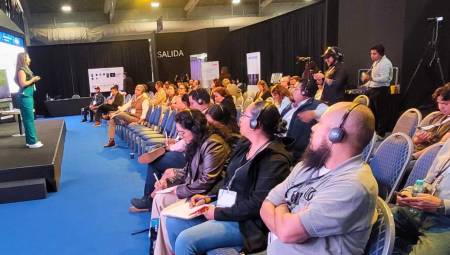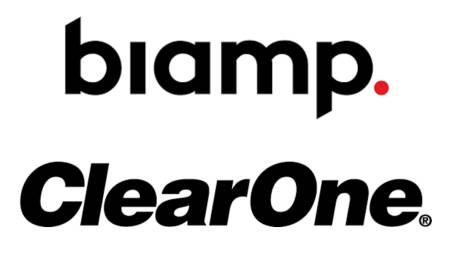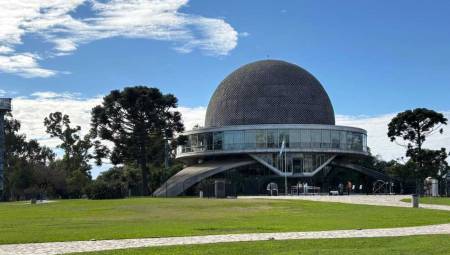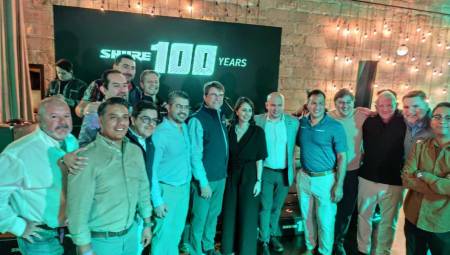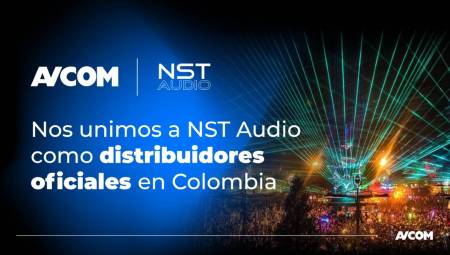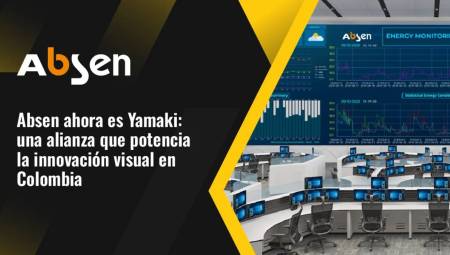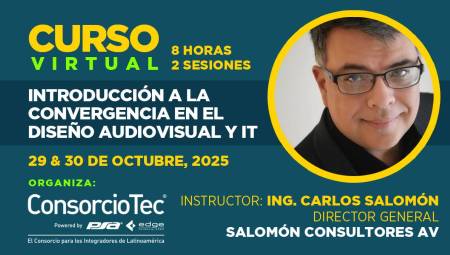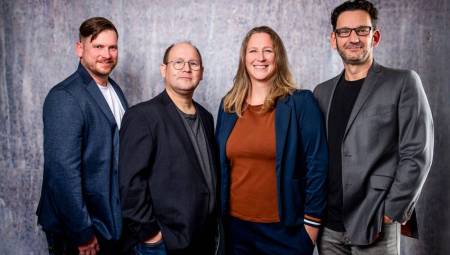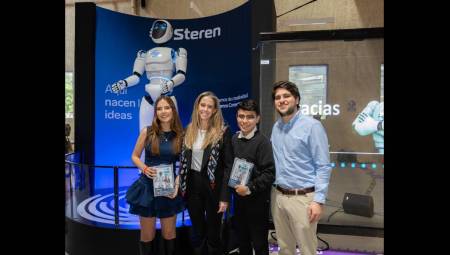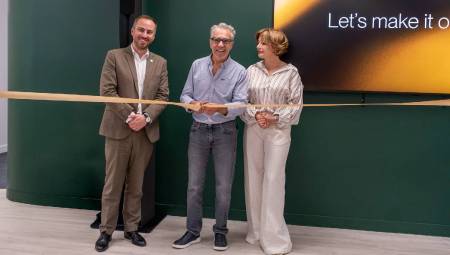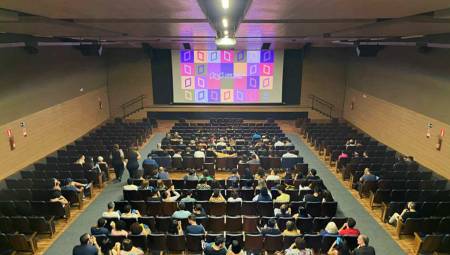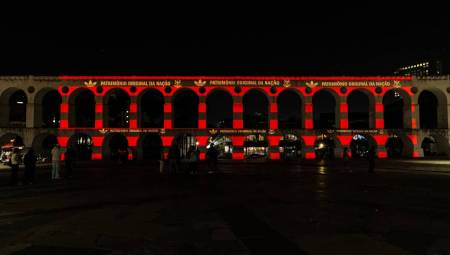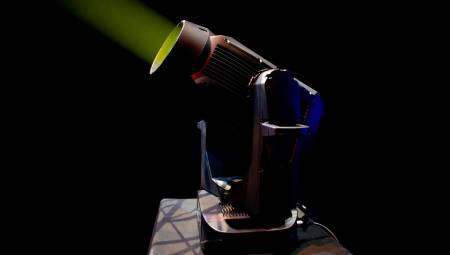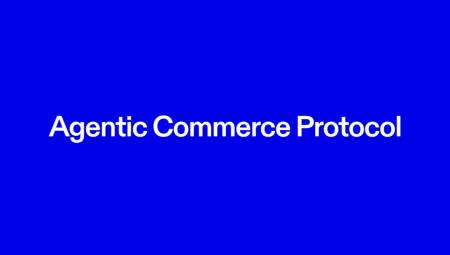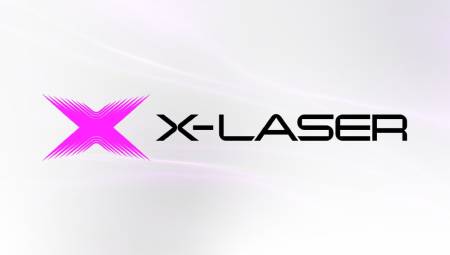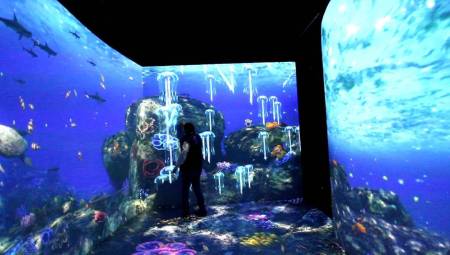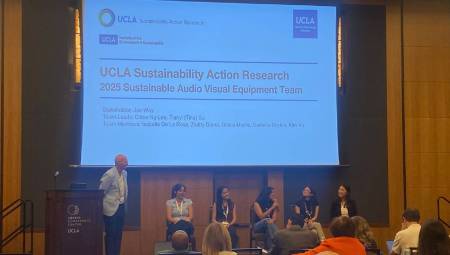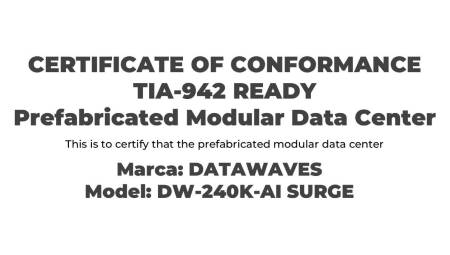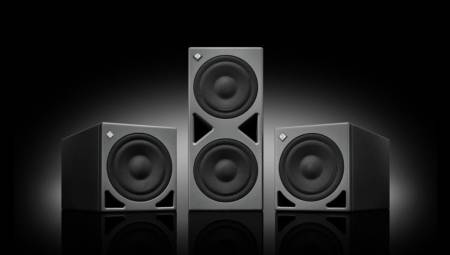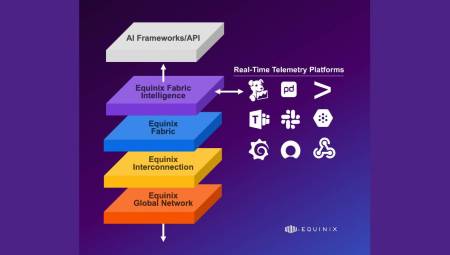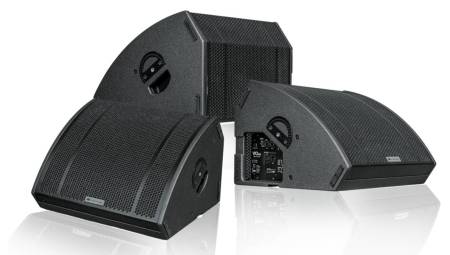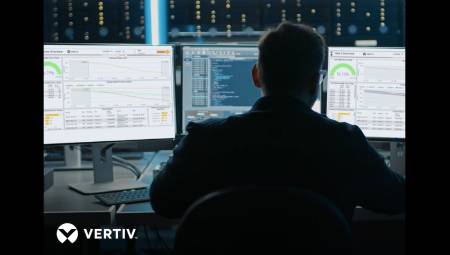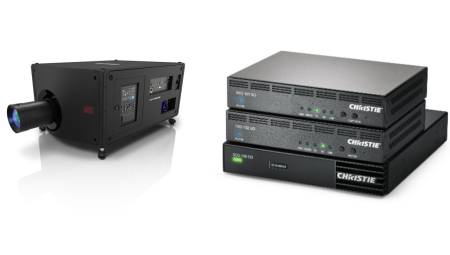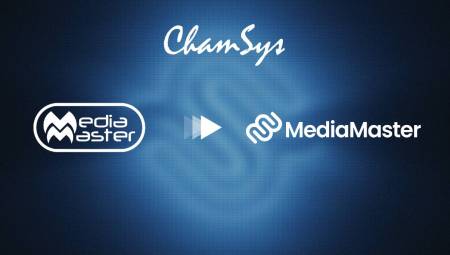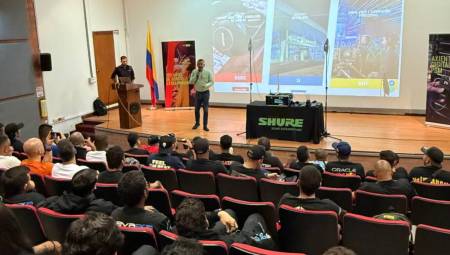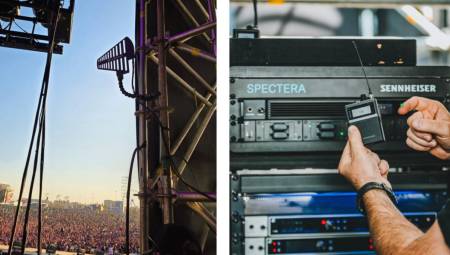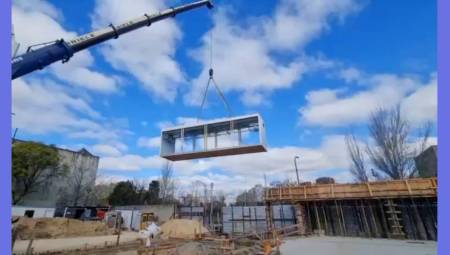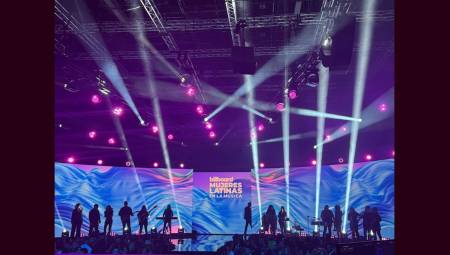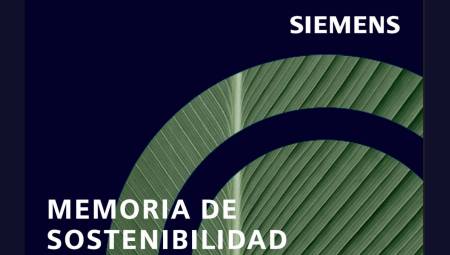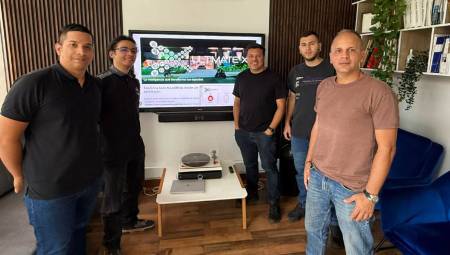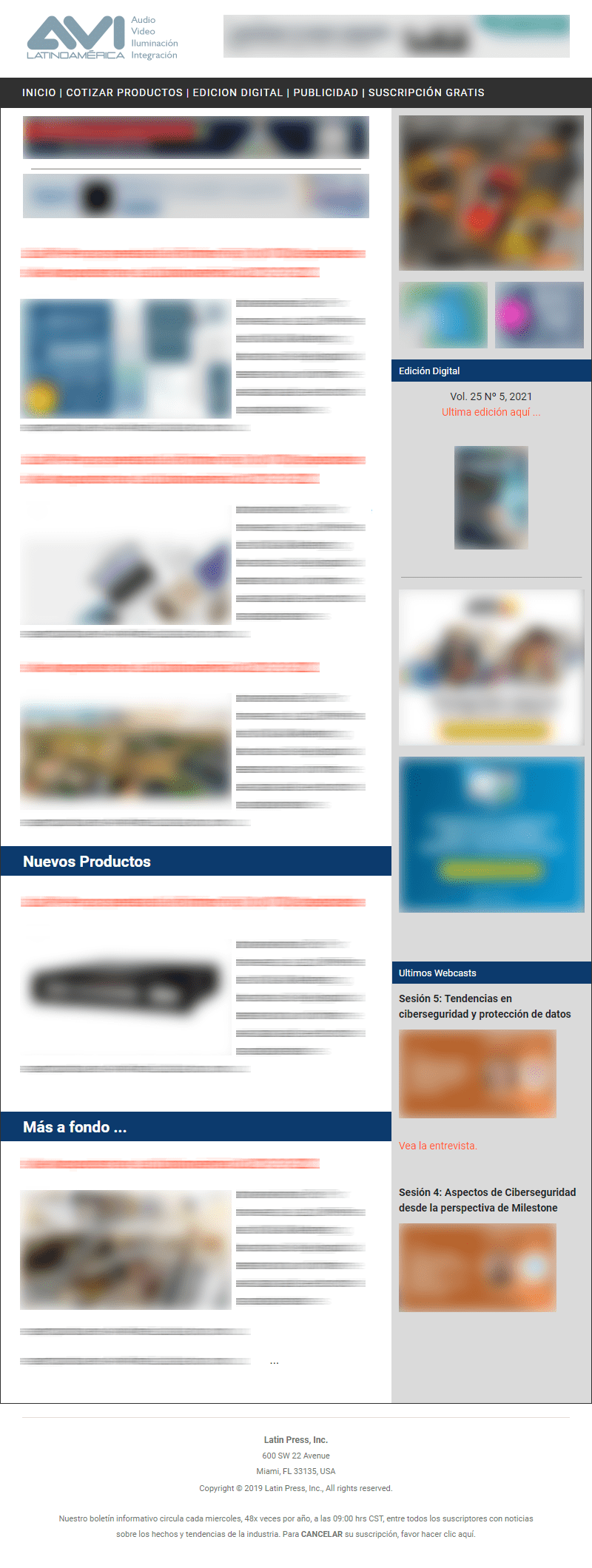![]() This time the topics of AC filtering, isolation and reduction of current compression will be discussed.
This time the topics of AC filtering, isolation and reduction of current compression will be discussed.
by: Garth Powell
Why is the digital display panel of the AV system in the boardrooms locked? How do I minimize whistling, chirping, and white noise on our broadcast site, stage, or recording studio? Our A/V contractor promised us the best sound and picture quality available. Why are there blurry horizontal lines that scroll through our video screen? Why does one of our broadcast sites feature clean, dynamic sound, but the attached studio features a dull, lifeless sound, no matter how we equalize or treat the room? These are just a few of the common problems that arise when a professional audio and video system does not incorporate extensive and advanced AC filtering.
Today's A/V equipment is more advanced than ever and has electronic circuits that are highly susceptible to AC line problems. In addition to this fact, the current AC supply is extremely noisy and plagued by daily attacks of potentially harmful transient voltage pulses, and we have a poor component failure solution that exhibits intermittent and unreliable behavior.
In our first article we discussed the problems with transient voltage pulses and jolts, as well as sustained overvoltages and the devastation they can cause to current microprocessing-based circuits. In this article we will review the problems that can occur with an AC line noise and the means to reduce them, as well as to optimize audio and video performance for important applications such as professional studio recordings and broadcasting.
AC power filtering
In the past, AC filtering was considered a relatively small problem. As long as the power supply of its components did not pick up noise or a local radio transmitter, AC filtering was sufficient. This is no longer valid.
AC noise is much higher than ever, both in amplitude and bandwidth. When coupled in critical circuits, it masks and distorts low-level information and also creates corruption, interference and data loss. For a broadcast studio or concert facility that must supply studio-quality signal feeds, the digital age requires extraordinarily quiet electronic circuits. AC noise goes against this, modulates the signal and significantly increases internal electronic noise.
AC noise has increased, in part, because of the growing popularity of switching power supplies and harmonics that feed back into our AC energy. To counteract this problem, today's AC power filters must be more efficient and cover a wider bandwidth than before. The filter must also be linearized (although unfortunately few are).
Most traditional AC filters rely solely on filtering or staggered switching of specific radio frequencies to fixed impedance. Most generally, this can produce a noise attenuation curve that resembles a mountain range with multiple peaks and valleys. Before filtering schemes, assumed impedances were constant, which is far from real. In addition, these designs did not provide for high-resolution video and audio, nor DSP components or computers at the base of their design. If the noise reduction is nonlinear (irregular) and subject to strong sound patterns that vary with load and dynamics, the "cure" of AC filtering may be worse than the disease.
A filter that is not linear will sound and look jarring from the way we hear and see, and noise reduction will be inconsistent. You can't decrease the noise by an octave (thus revealing much more information); you can only increase the noise by one octave, and in addition, the noise is dramatically reduced by 1/2 octave from there. This is akin to poor eQ work of a recording, poor speaker convergence design, or the vivid reds and greens with horrible blacks and yellows in a video presentation.
Isolation and correction of background noise
In addition to the increased electronic noise and loss of resolution that are presented by the noise of the AC line, we must also worry about the background circuits. Although small and moderate systems rarely present this problem, larger complex installations may require multiple services of 15 to 20 amps, and if multiple background paths exist, a background circuit will most likely occur. Background circuits are usually the cause of noises heard on a loudspeaker or blurred horizontal lines that are observed slowly moving up the video screen.
This problem is not only annoying, but it is unacceptable to your customer or any professional installation. Unfortunately, without proper technology or an AC wiring scheme this can be very difficult to repair. Background circuits are caused by a voltage difference between the earth and the line or the ground and the neutral, and between one or more components. Ideally, each component of the system should be connected to a single AC conditioner or each component should be individually connected to a ground pole (which should eliminate the problem), but that's simply not a real thing for many installations.
The best means to repair or, better yet, to prevent this from happening, is to isolate the video that produces the problem and/or the audio products at the line level with a balanced isolation and intense current transformer to avoid circulating currents (or background circuits) that may otherwise occur.
In addition, this technology reduces AC noise to an even greater degree, thus allowing the highest possible level of resolution of the audio and video components.
Elimination of current compression
Another problem unique to many theaters, radio stations and recording studios is the use of massive power amplifiers with relatively inefficient loudspeakers. Extracting all the dynamics, control, clarity and precision from your audio monitoring and playback requires a high-power amplifier. The demands of the digital age have overloaded these systems to produce a much greater dynamic range and equally a much larger frequency bandwidth, although loudspeakers are generally less efficient than they were 35 or 40 years ago. This has represented considerable effort in high-energy amplifiers and active sub-loudspeakers.
Unfortunately, massive power supplies from amplifiers can be overexerted and current compression can occur. When an amplifier cannot reach the maximum current it must have on demand, it temporarily becomes unstable. When that happens, the system impairs the bass, speed, extension, and control expected from a superior amplifier and can no longer be trusted with what is being monitored.
Instead of repairing this problem, many AC power management products can actually compound this problem by increasing the AC impedance or resistance. This prevents the power supply of amplifiers from self-restoring with current to an even greater range and this is why many of the leading manufacturers of high-performance power amplifiers and powered sub-loudspeakers recommend connecting their products directly into the wall socket with AC power, and prohibit the use of power conditioners.
One way to reduce this problem is by making sure that power amplifiers have a unique AC line that doesn't share their current load with other components or appliances, and that the wiring is as resilient as possible. An even better solution is to incorporate an AC power conditioner into transient Power Factor Technology. This circuit actually decreases the high-frequency AC impedance while offering maximum current storage of up to 45 amp (for instability duration up to 25mS).
What is achieved with this is to ensure that even the most massive power amplifier operates at maximum efficiency. 100 watts per channel power amplifier will sound like 300-watt mono-blocks with greater accuracy, control and deep impact. 500-watt single-block amplifiers can gain between 5 and 7 decibels of dynamic range when using this technology. Watts per channel won't really change, but the perception of how an amp should sound is directly related to its power supply (and transient Power Factor Technology will make the amplifier's power supply run at full capacity).
Energy management: no longer a convenience
Despite the best efforts of a talented installer working in conjunction with an expert electrician, AC line noise remains an issue in many A/V installations. Proper wiring management, the use of dedicated circuits, and proper grounding attention are essential steps when designing an effective system. However, the higher resolution of the current content, combined with the exponential increase in noise in the AC line (before and after the power panel) and the deterioration of the power grid, point-of-use protection and filtering, are currently essential elements of any installation. Power management should not be seen as an accessory or convenience, but as a necessary component for any A/V installation.
In the following article, we will discuss the causes and solutions for unstable line voltage (which is a big problem for installers in many regions of Latin America).
Garth Powell is the senior sales engineer and senior product designer at Furman, a leading global provider of energy management solutions. You can communicate with him via email: [email protected].

















































